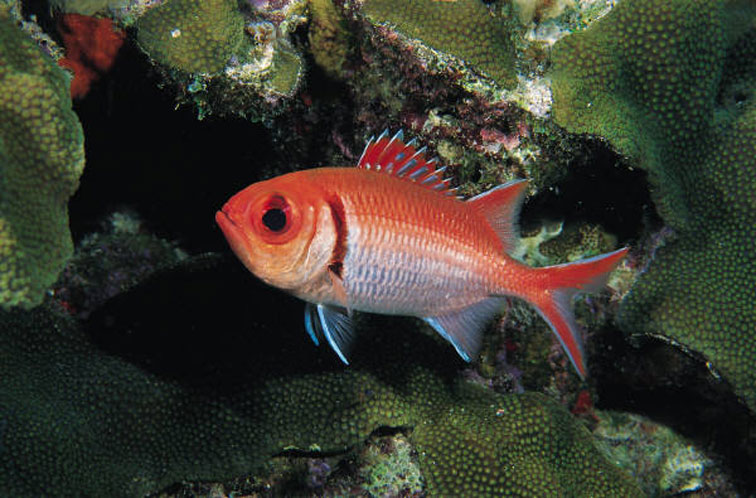MOVEMENT ECOLOGY
We track and monitor adult red drum movement and migration patterns in to, out of, and around St. Augustine waters via acoustic telemetry. Adult red drum are known to aggregate in northeast Florida waters, presumably for spawning, each year. Despite the economical and ecological importance of this species, the local residency patterns of these reproductively active fish, or lack thereof, is poorly known. We aim to fill in the gaps of knowledge about local fish habitat usage, as well as… Read More »MOVEMENT ECOLOGY

